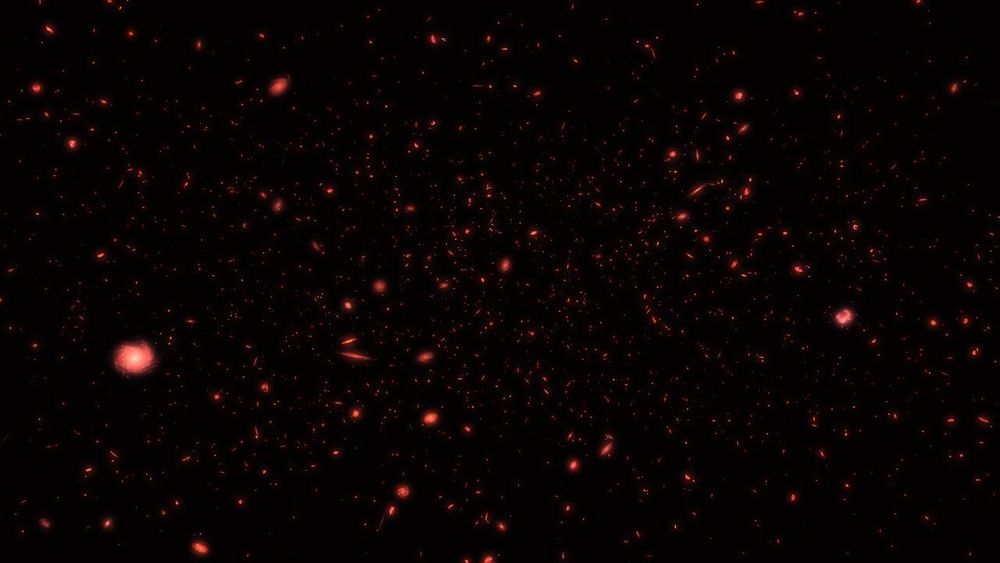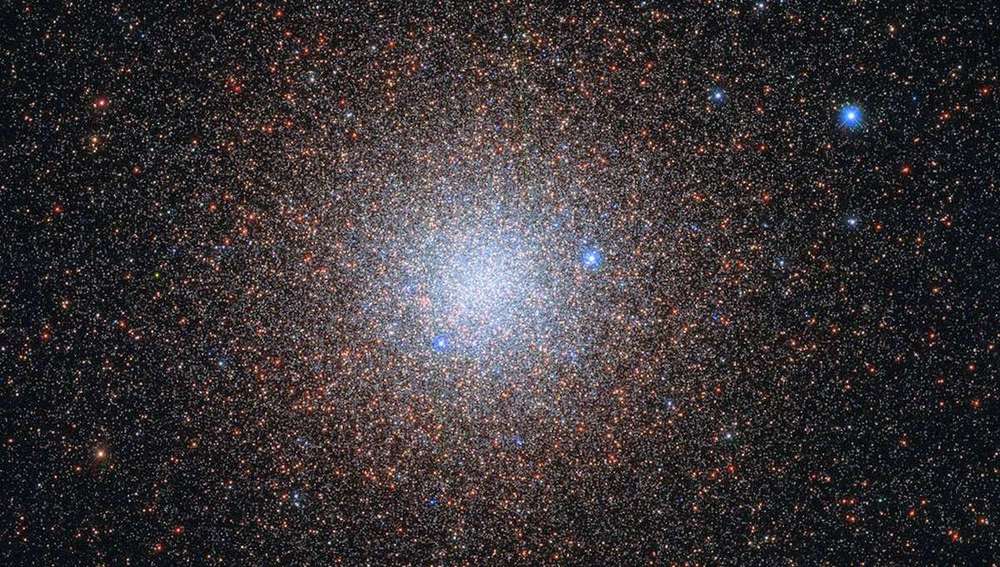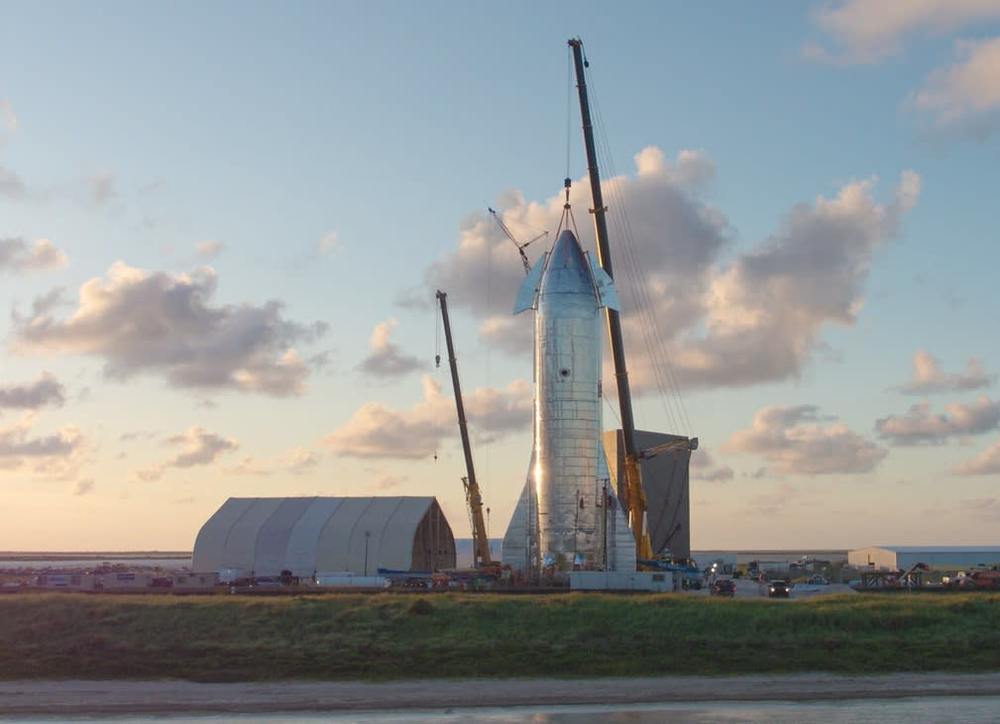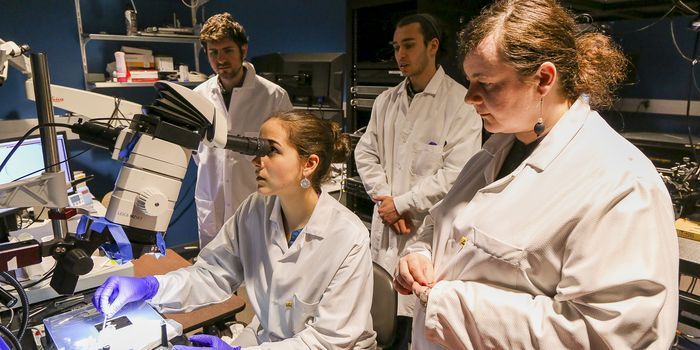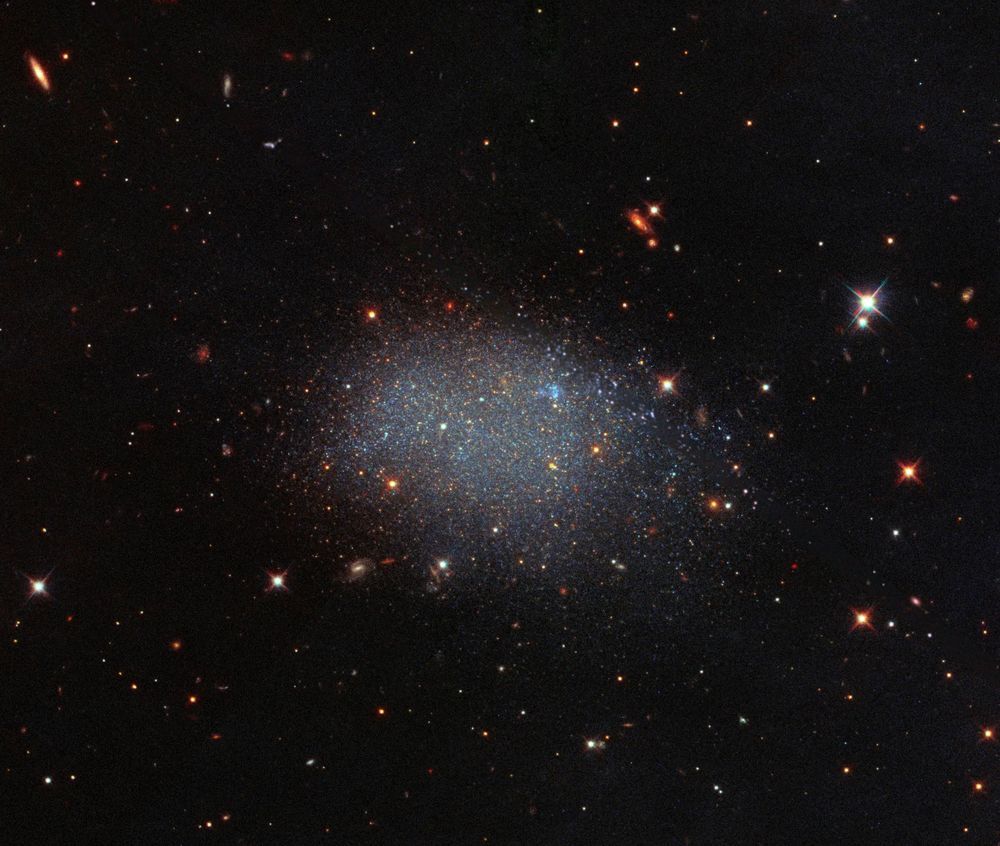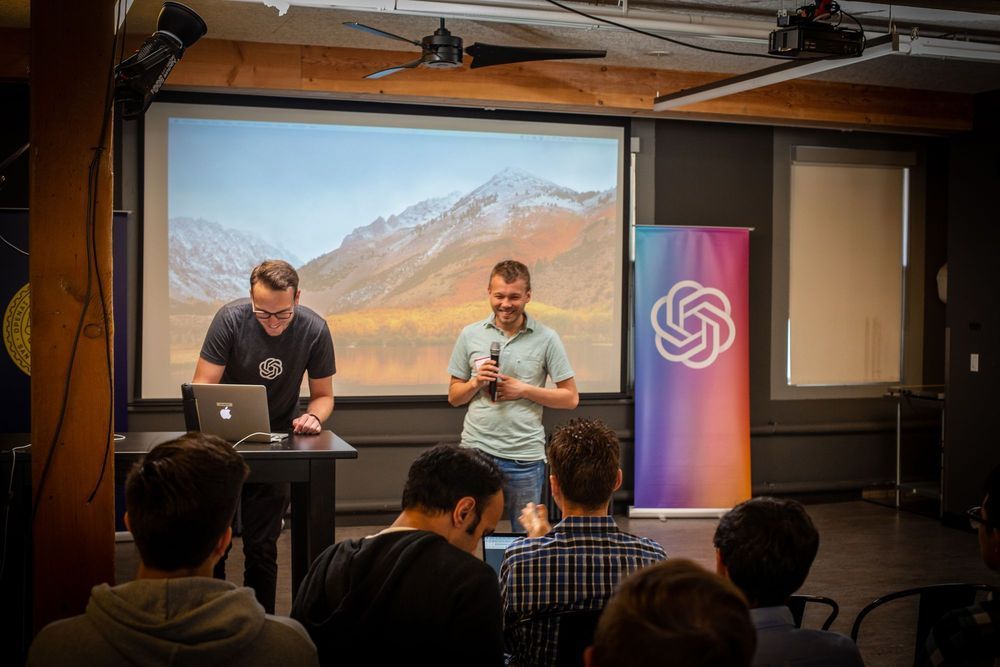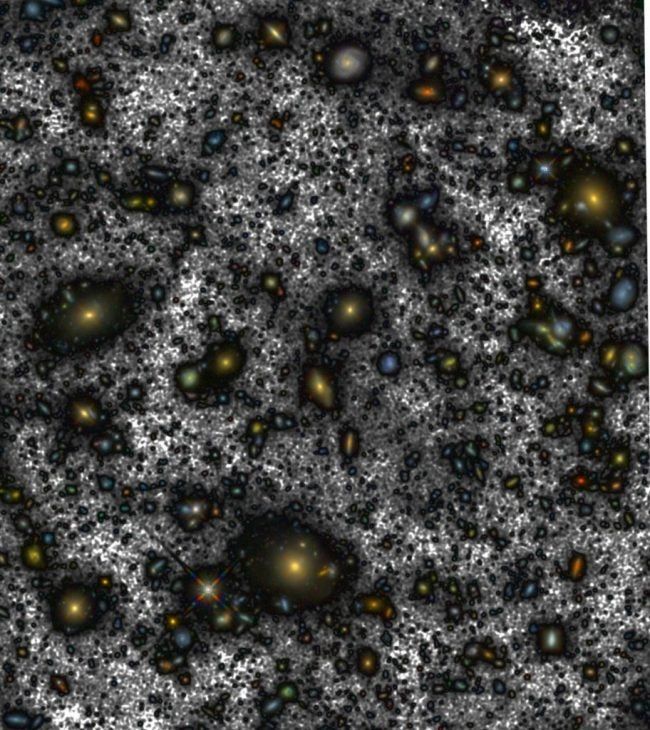Construction is one of the oldest professions as people have been building shelters and structures for millennia. However the industry has evolved quite a bit in the way they design, plan, and build structures. For decades, technology has been used in the construction industry to make jobs more efficient and construction projects and structures safer.
In recent years, construction companies have increasingly started using AI in a range of ways to make construction more efficient and innovative. From optimizing work schedules to improving workplace safety to keeping a secure watch on construction facilities, https://www.cognilytica.com/2019/06/26/ai-today-podcast-95-a…struction/ href=https://www.cognilytica.com/2019/06/26/ai-today-podcast-95-ai-use-case-series-ai-in-construction/ rel=“nofollow noopener noreferrer” target=_blank title=https://www.cognilytica.com/2019/06/26/ai-today-podcast-95-ai-use-case-series-ai-in-construction/>AI in the construction industry is already proving its value.

